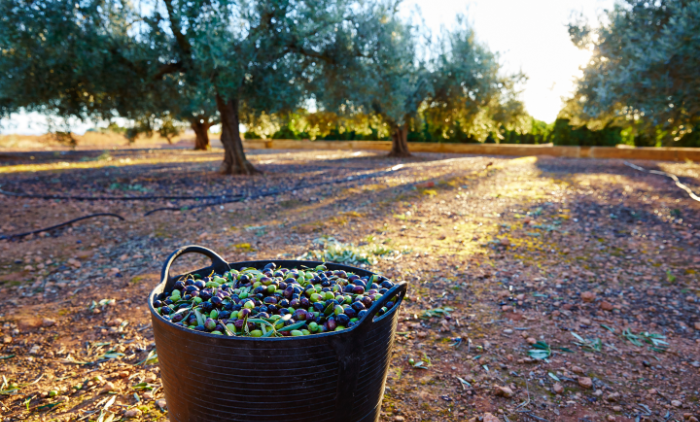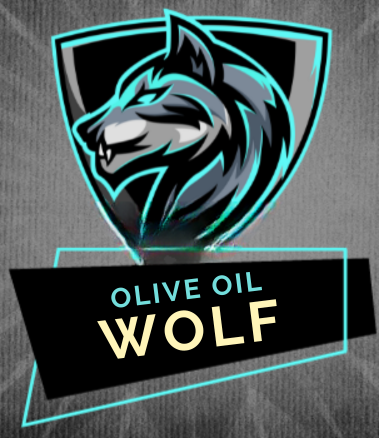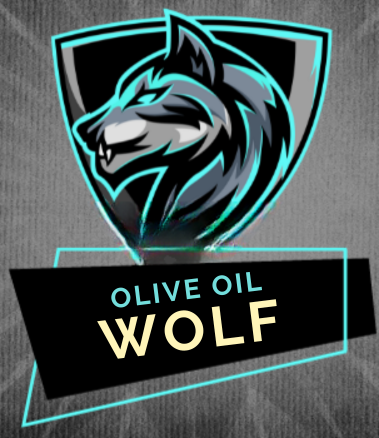Extra Virgin Olive Oil (EVOO) stands as a testament to the time-honored artistry of olive oil production. Renowned for its distinct flavor, nutritional benefits, and versatility in culinary applications, EVOO has become a staple in kitchens worldwide.
This article looks into the intricate process of crafting this liquid gold, exploring the journey from olive orchards to the refined bottles that grace our tables.
Cultivation of Olive Trees
The first step in the production of Extra Virgin Olive Oil is the cultivation of olive trees. These trees, scientifically known as Olea europaea, thrive in Mediterranean climates, where the balance of sunlight, rainfall, and soil composition is ideal for their growth.
While olive trees can adapt to various conditions, the Mediterranean region remains the epicenter of premium olive oil production.

Harvesting the Olives
The timing of the olive harvest is crucial to ensure the highest quality oil. Generally, olives are harvested in the fall when they have ripened to the perfect balance of color, size, and oil content.
Hand harvesting is a traditional method that involves carefully picking the olives from the trees to prevent damage to the fruit. This method is favored for EVOO production as it ensures the preservation of the olives’ integrity, contributing to the oil’s superior taste.
Transportation to the Mill
After the harvest, the olives are swiftly transported to the mill for processing. The speed at which the olives are processed is paramount, as delays can result in fermentation, affecting the oil’s quality.
Modern mills utilize state-of-the-art equipment to maintain efficiency while adhering to the principles of traditional craftsmanship.
Cold Pressing: The Cornerstone of Quality
The hallmark of Extra Virgin Olive Oil lies in the method of extraction – cold pressing. This process involves crushing the olives into a paste without the use of heat or chemicals.
The absence of heat ensures that the oil retains its natural flavors and essential nutrients. Cold pressing is not only a time-honored tradition but also a critical factor in achieving the coveted “extra virgin” classification.
Centrifugation: Separating Oil from Water
Once the olive paste is obtained through cold pressing, the next step is centrifugation. This process utilizes a centrifuge to separate the oil from water and other impurities.
The centrifuge accelerates the separation, allowing for a more efficient extraction of the pure olive oil. This meticulous method ensures that only the finest oil makes its way into the final product.
Filtration: Enhancing Clarity and Purity
Filtration is employed to enhance the clarity and purity of the oil. While some traditionalists argue for unfiltered oil to preserve its natural character, modern filtration techniques are designed to remove any remaining particles or sediment. The result is a pristine, clear oil that is visually appealing and possesses a longer shelf life.
Tasting and Quality Assessment
Before the Extra Virgin Olive Oil reaches the consumer, it undergoes rigorous tasting and quality assessment. Skilled professionals, known as olive oil tasters or “oleologists,” evaluate the oil’s aroma, taste, and overall quality.
The tasting process, often referred to as “organoleptic assessment,” ensures that the oil meets the stringent criteria set forth by regulatory bodies for the coveted “extra virgin” designation.
Packaging and Storage
The final stage in the production of Extra Virgin Olive Oil involves packaging and storage. Dark glass bottles are preferred to protect the oil from exposure to light, which can degrade its quality. Proper storage conditions, away from heat and oxygen, are essential to maintain the oil’s freshness and prevent oxidation.
In conclusion, the making of Extra Virgin Olive Oil is a meticulous and time-honored process that combines traditional craftsmanship with modern technology. From the cultivation of olive trees to the final bottling of the oil, each step plays a crucial role in preserving the distinctive flavor and quality that sets EVOO apart.
As consumers, understanding the journey from orchard to table enhances our appreciation for this culinary treasure, encouraging a deeper connection to the rich history and craftsmanship behind every bottle of Extra Virgin Olive Oil. Thank you!
Please leave comments, questions or suggestions below.
Tom – Olive Oil Lover

